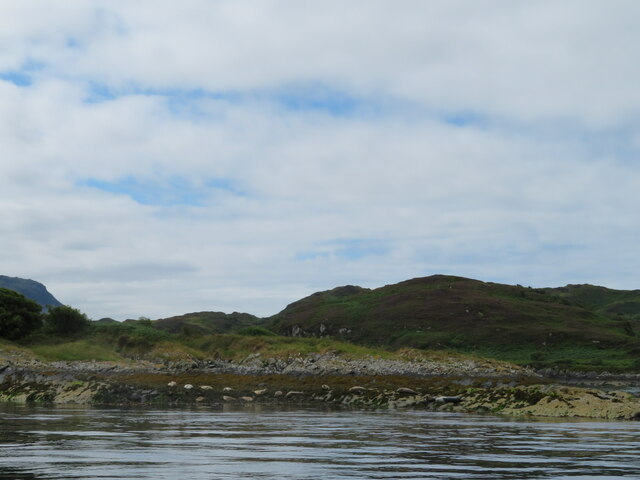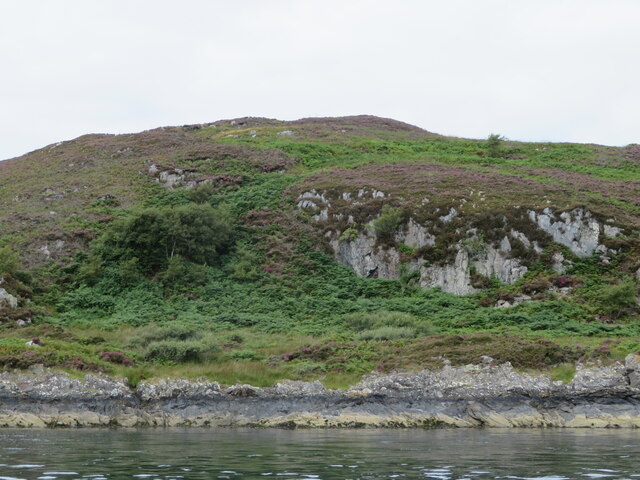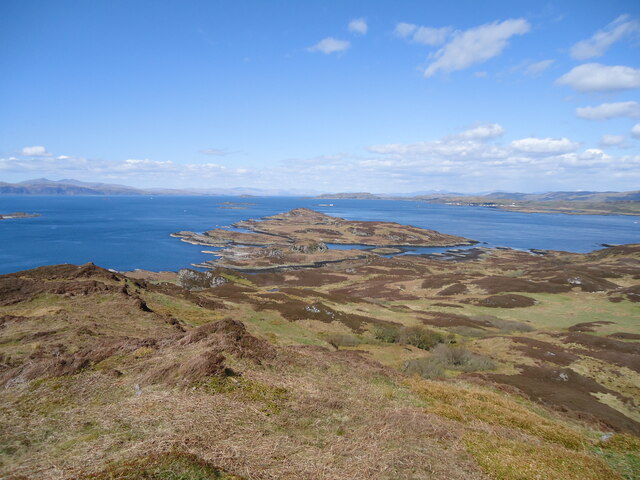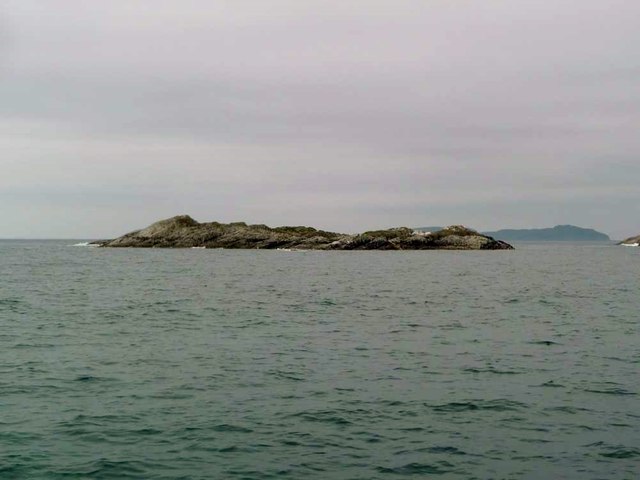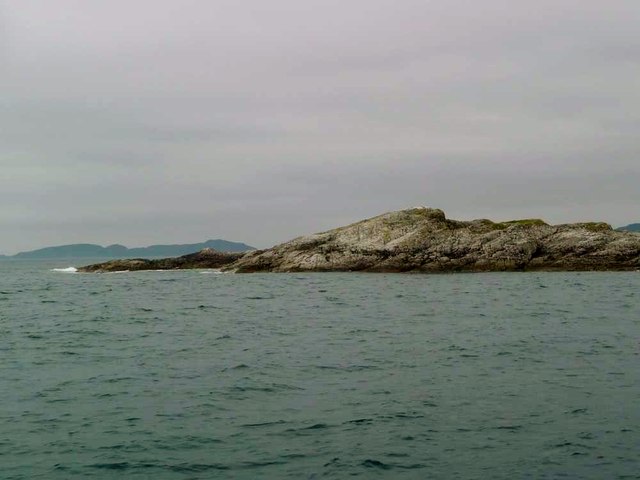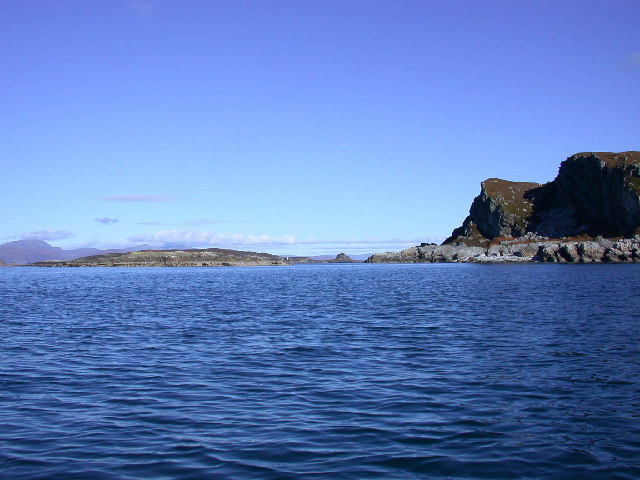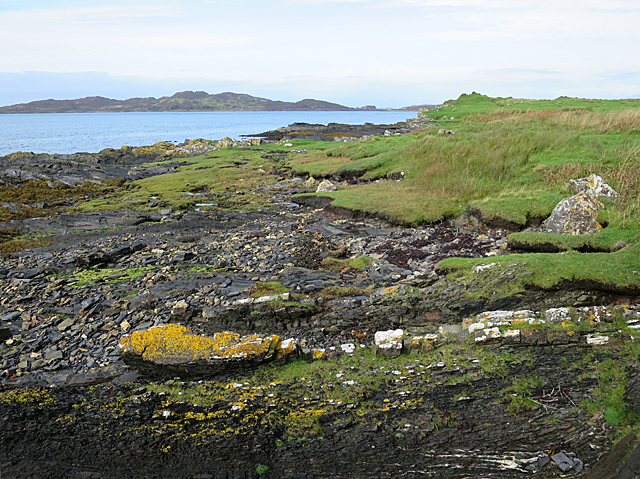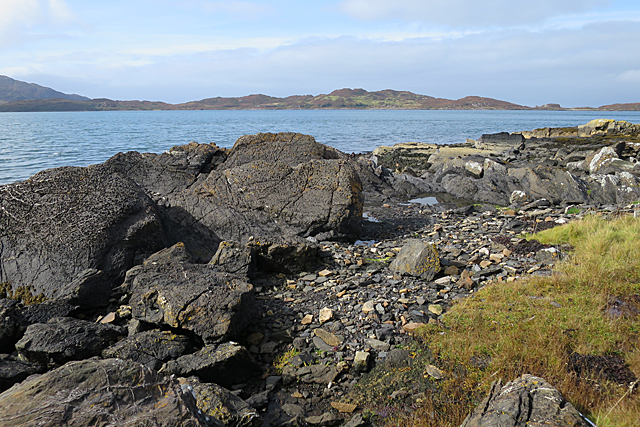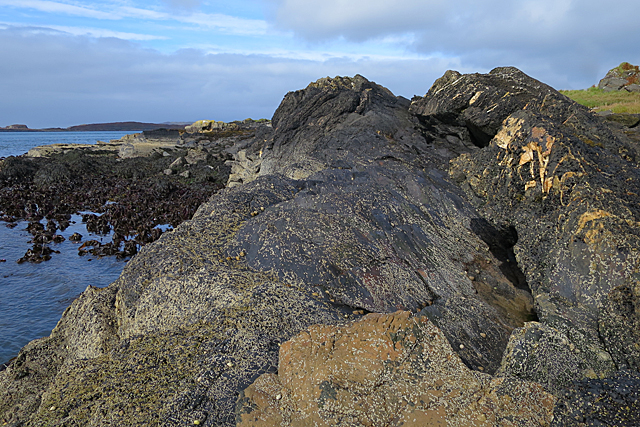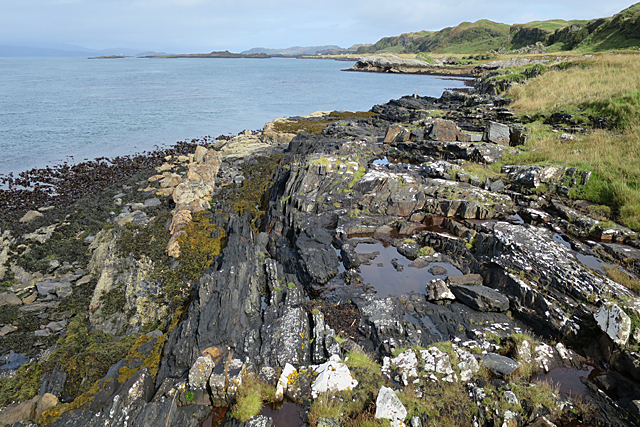Bàrr Sligeig
Coastal Feature, Headland, Point in Argyllshire
Scotland
Bàrr Sligeig
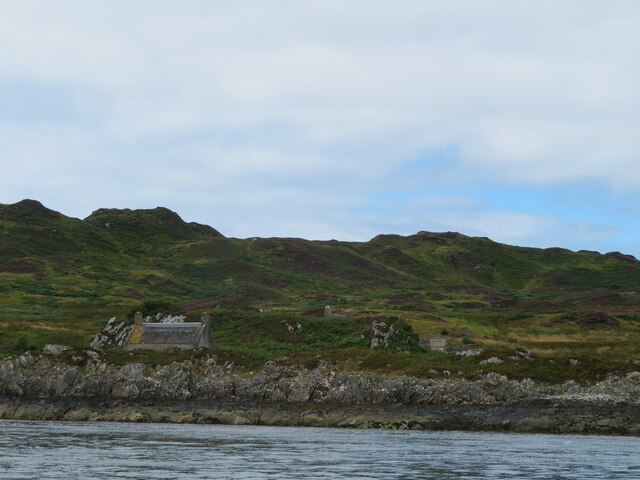
Bàrr Sligeig is a prominent coastal feature located in Argyllshire, Scotland. It is a headland that juts out into the sea, forming a point that offers stunning panoramic views of the surrounding landscape. The name Bàrr Sligeig is derived from Scottish Gaelic, with "Bàrr" meaning "top" or "summit" and "Sligeig" referring to a type of coastal landscape.
Situated in a region known for its rugged beauty, Bàrr Sligeig stands as a testament to the raw power of nature. The headland is characterized by sheer cliffs that plunge dramatically into the sea, creating an awe-inspiring sight. These cliffs are composed of ancient rock formations, showcasing the geological history of the area.
The headland is renowned for its biodiversity, boasting a rich variety of plant and animal life. The rugged terrain provides a habitat for numerous bird species, including seabirds such as gannets and puffins. Visitors to Bàrr Sligeig can often witness these birds soaring overhead or nesting on the cliffs.
Access to Bàrr Sligeig is possible via a coastal path that winds its way along the headland. This path offers an exhilarating hike, allowing visitors to fully appreciate the grandeur of the landscape. The route is not overly challenging, but sturdy footwear and caution are recommended due to the uneven terrain.
Bàrr Sligeig is a popular destination for nature enthusiasts and photographers, who flock to capture its stunning vistas and observe the diverse wildlife. Its unspoiled beauty and tranquil atmosphere make it a truly remarkable coastal feature in Argyllshire.
If you have any feedback on the listing, please let us know in the comments section below.
Bàrr Sligeig Images
Images are sourced within 2km of 56.219364/-5.6929075 or Grid Reference NM7109. Thanks to Geograph Open Source API. All images are credited.

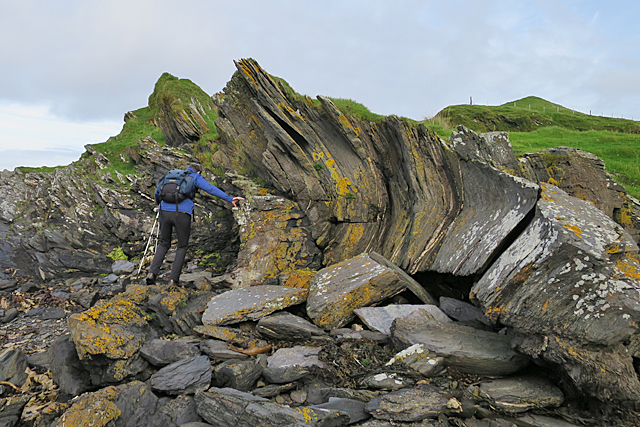
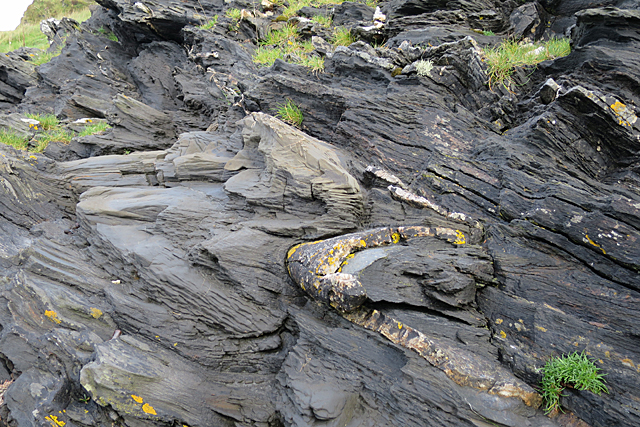
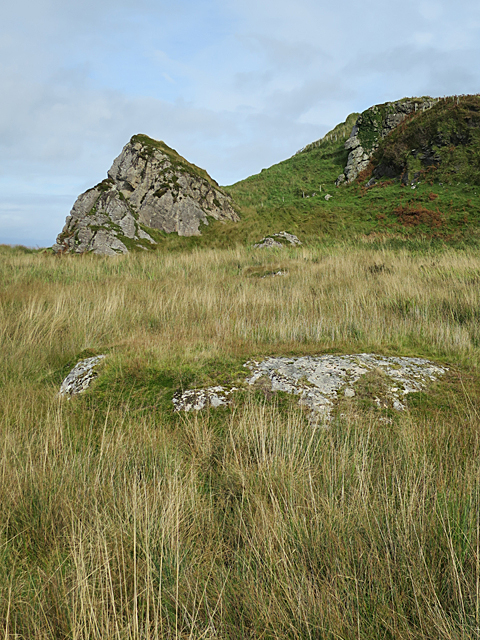
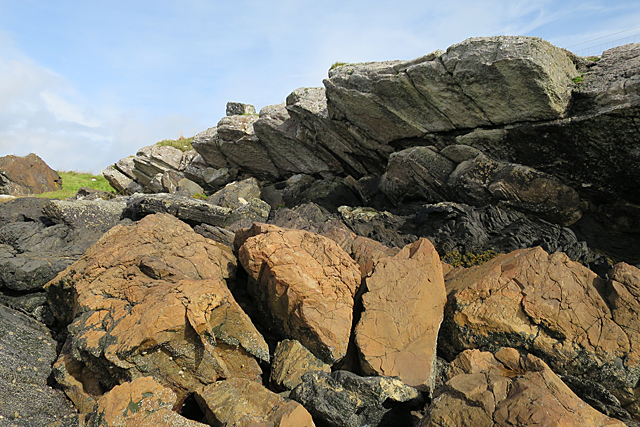
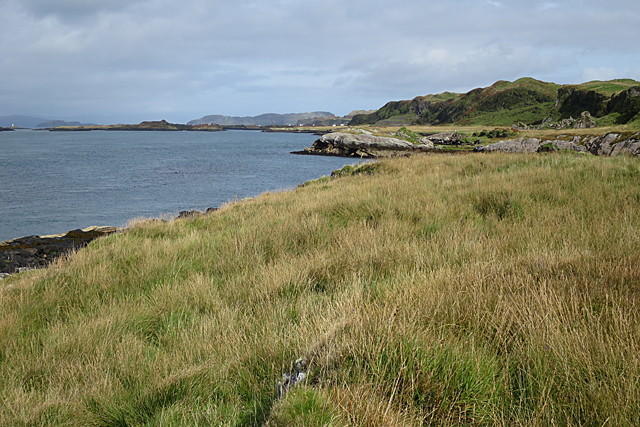
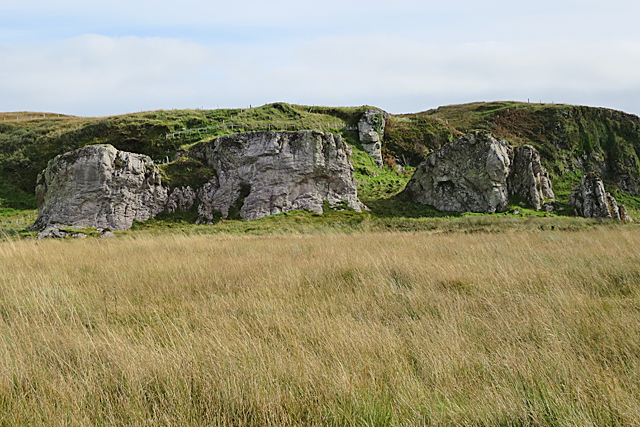
Bàrr Sligeig is located at Grid Ref: NM7109 (Lat: 56.219364, Lng: -5.6929075)
Unitary Authority: Argyll and Bute
Police Authority: Argyll and West Dunbartonshire
What 3 Words
///lousy.flipper.became. Near Lochbuie, Argyll & Bute
Nearby Locations
Related Wikis
Lunga, Firth of Lorn
Lunga is one of the Slate Islands in the Firth of Lorn in Argyll and Bute, Scotland. The "Grey Dog" tidal race, which runs in the sea channel to the south...
Scarba, Lunga and the Garvellachs National Scenic Area
Scarba, Lunga and the Garvellachs is the name of one of the 40 national scenic areas of Scotland. The designated area covers the islands of Scarba, Lunga...
Eilean Dubh Mòr
Eilean Dubh Mòr (Scottish Gaelic: big black island) is an uninhabited island in the Inner Hebrides of Scotland. It lies at the mouth of the Firth of Lorn...
Luing
Luing ( LING; Scottish Gaelic: Luinn) is one of the Slate Islands, Firth of Lorn, in the west of Argyll in Scotland, about 16 miles (26 km) south of Oban...
Have you been to Bàrr Sligeig?
Leave your review of Bàrr Sligeig below (or comments, questions and feedback).

